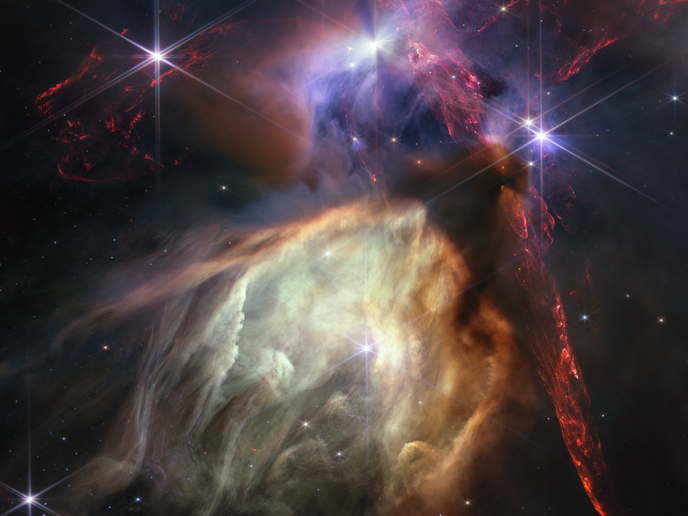James Webb Space Telescope turns 1! Uncovering the universe like never before
On 11 July 2022, people everywhere gaped as the highest resolution image(opens in new window) of the infrared universe in history was revealed. Webb unveiled a few more tantalising images(opens in new window), and how we understand the universe and our place in it would never be the same again after that summer day.
Dawn of a new era in astronomy
“In just one year, the James Webb Space Telescope has transformed humanity’s view of the cosmos, peering into dust clouds and seeing light from faraway corners of the universe for the very first time. Every new image is a new discovery, empowering scientists around the globe to ask and answer questions they once could never dream of,” commented NASA Administrator Bill Nelson in a news release(opens in new window) by NASA’s Goddard Space Flight Center. Now, a year later, Webb has treated us to an image of a star birth. “On its first anniversary, the James Webb Space Telescope has already delivered upon its promise to unfold the universe, gifting humanity with a breathtaking treasure trove of images and science that will last for decades,” stated Nicola Fox, associate administrator of NASA’s Science Mission Directorate in Washington. “An engineering marvel built by the world’s leading scientists and engineers, Webb has given us a more intricate understanding of galaxies, stars, and the atmospheres of planets outside of our solar system than ever before, laying the groundwork for NASA to lead the world in a new era of scientific discovery and the search for habitable worlds.” “The breadth of science Webb is capable of exploring really becomes clear now, when we have a full year’s worth of data from targets across the sky,” added Eric Smith, associate director for research in the Astrophysics Division at NASA Headquarters and Webb program scientist. “With a year of science under our belts, we know exactly how powerful this telescope is, and have delivered a year of spectacular data and discoveries,” continued Webb Senior Project Scientist Jane Rigby of Goddard. “We’ve selected an ambitious set of observations for year two — that builds on everything we’ve learned so far. Webb’s science mission is just getting started — there’s so much more to come.”
What does Europe have to do with it?
Webb is an international partnership between NASA, the European Space Agency (ESA) and the Canadian Space Agency. In fact, Webb was made possible thanks in large part to ESA(opens in new window). The ESA news release elaborated: “Under an international collaboration agreement, ESA provided the telescope’s launch service, using the Ariane 5 launch vehicle. Working with partners, ESA was responsible for the development and qualification of Ariane 5 adaptations for the Webb mission and for the procurement of the launch service by Arianespace. ESA also provided the workhorse spectrograph NIRSpec and 50% of the mid-infrared instrument MIRI, which was designed and built by a consortium of nationally funded European Institutes (The MIRI European Consortium) in partnership with JPL [Jet Propulsion Laboratory] and the University of Arizona.”



